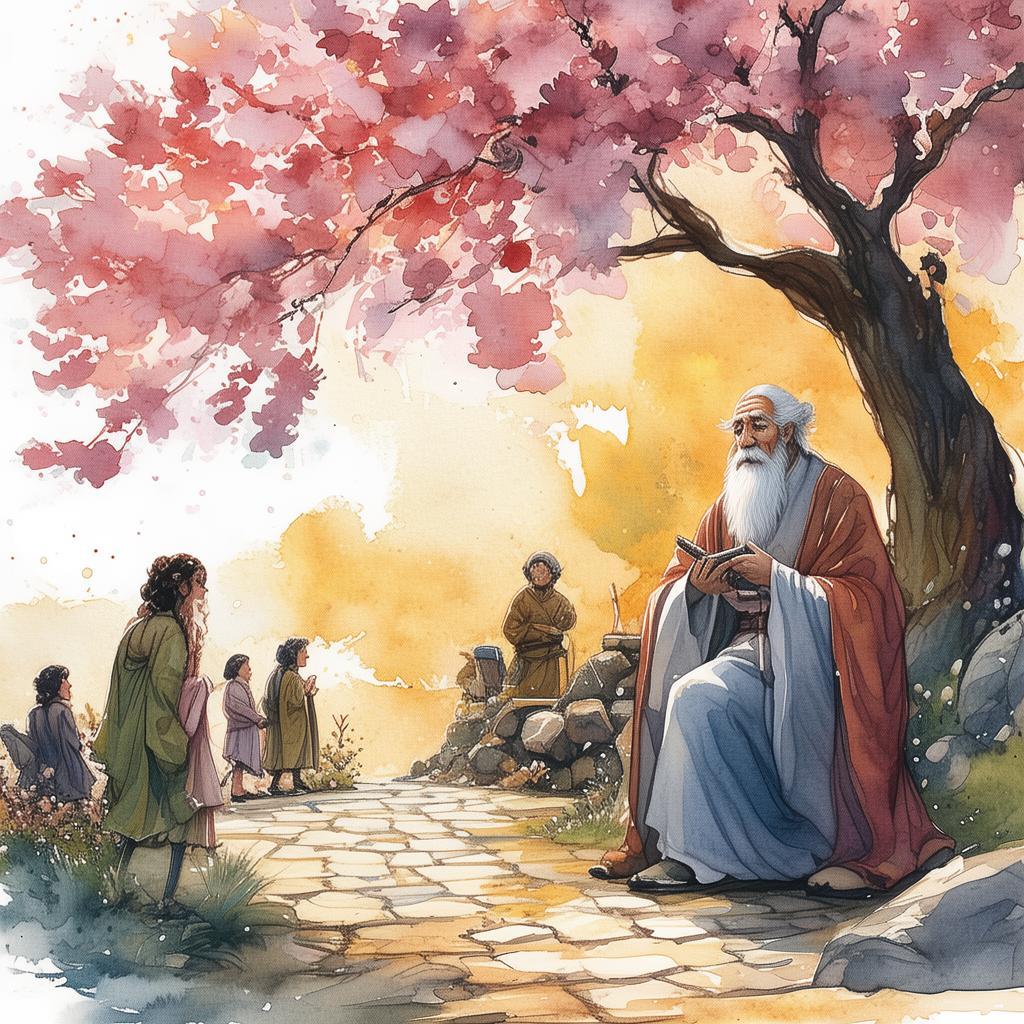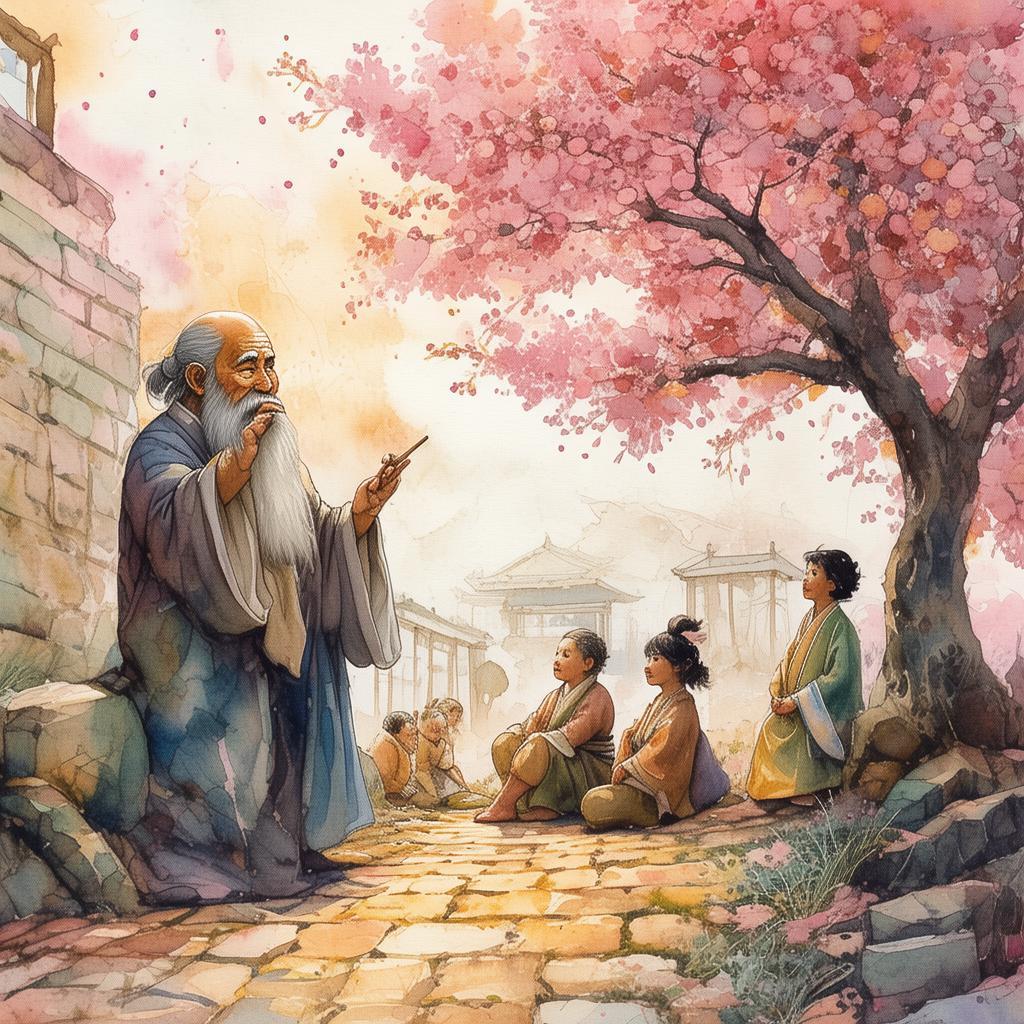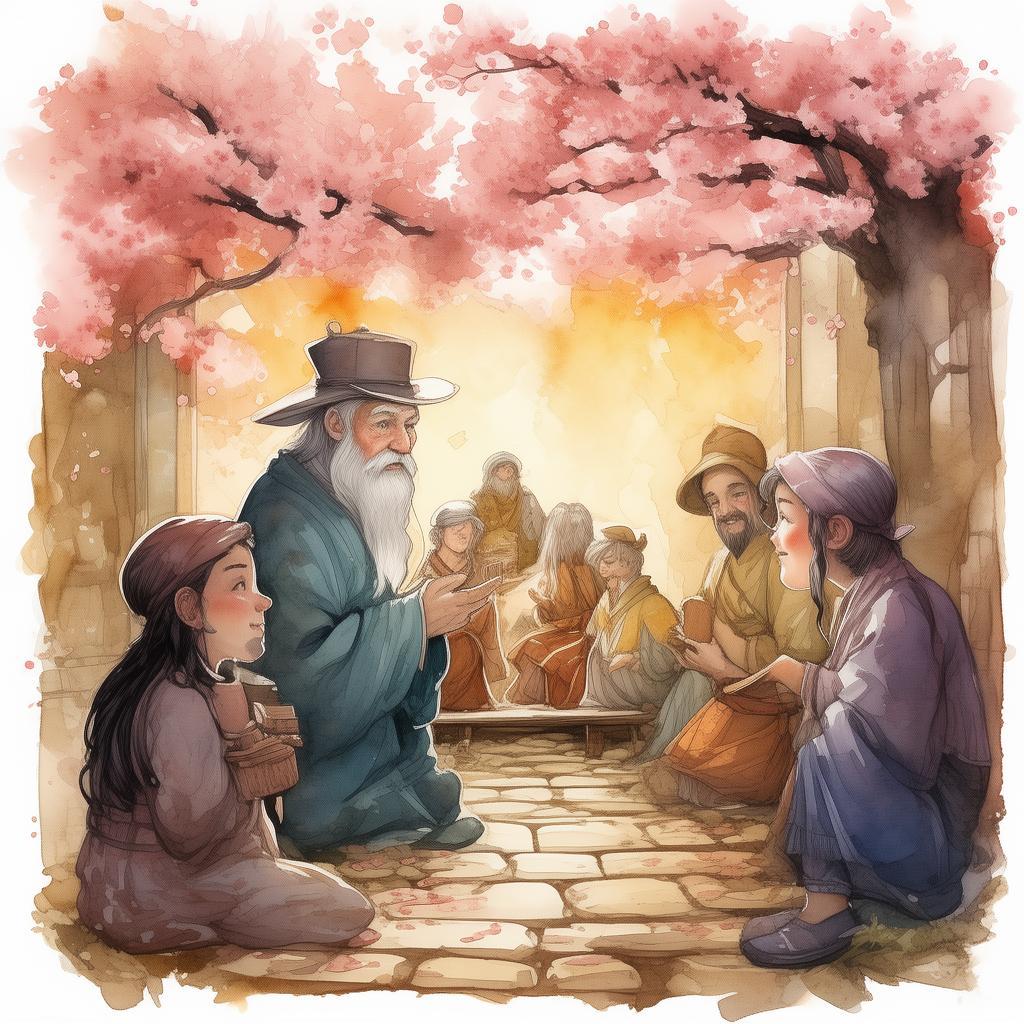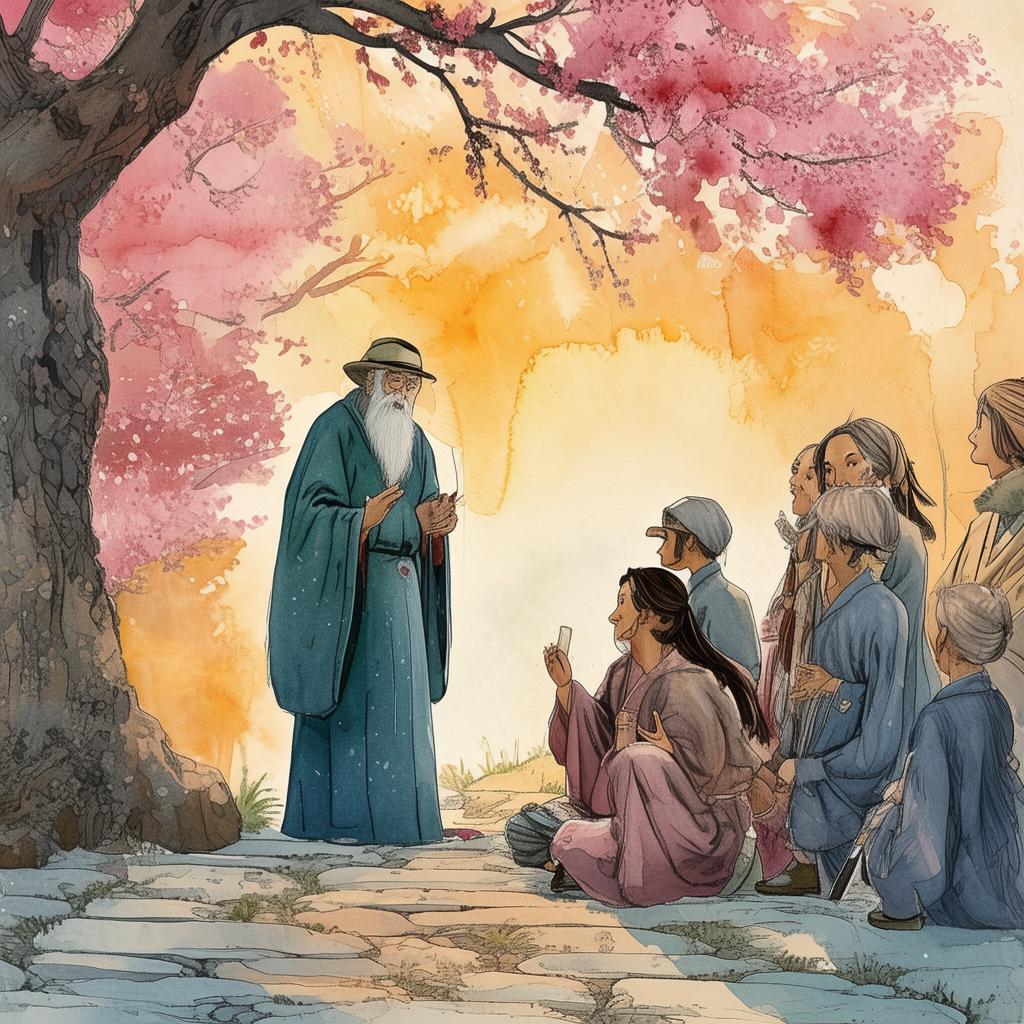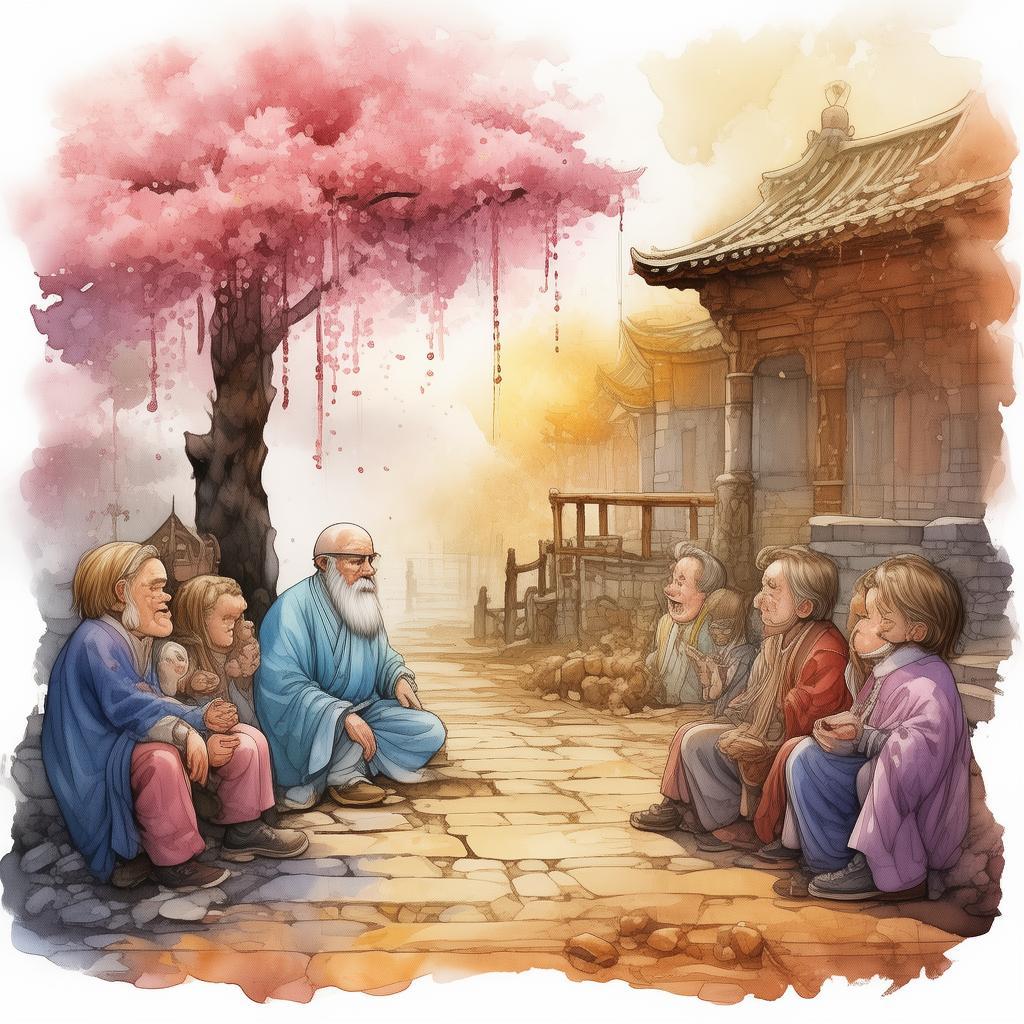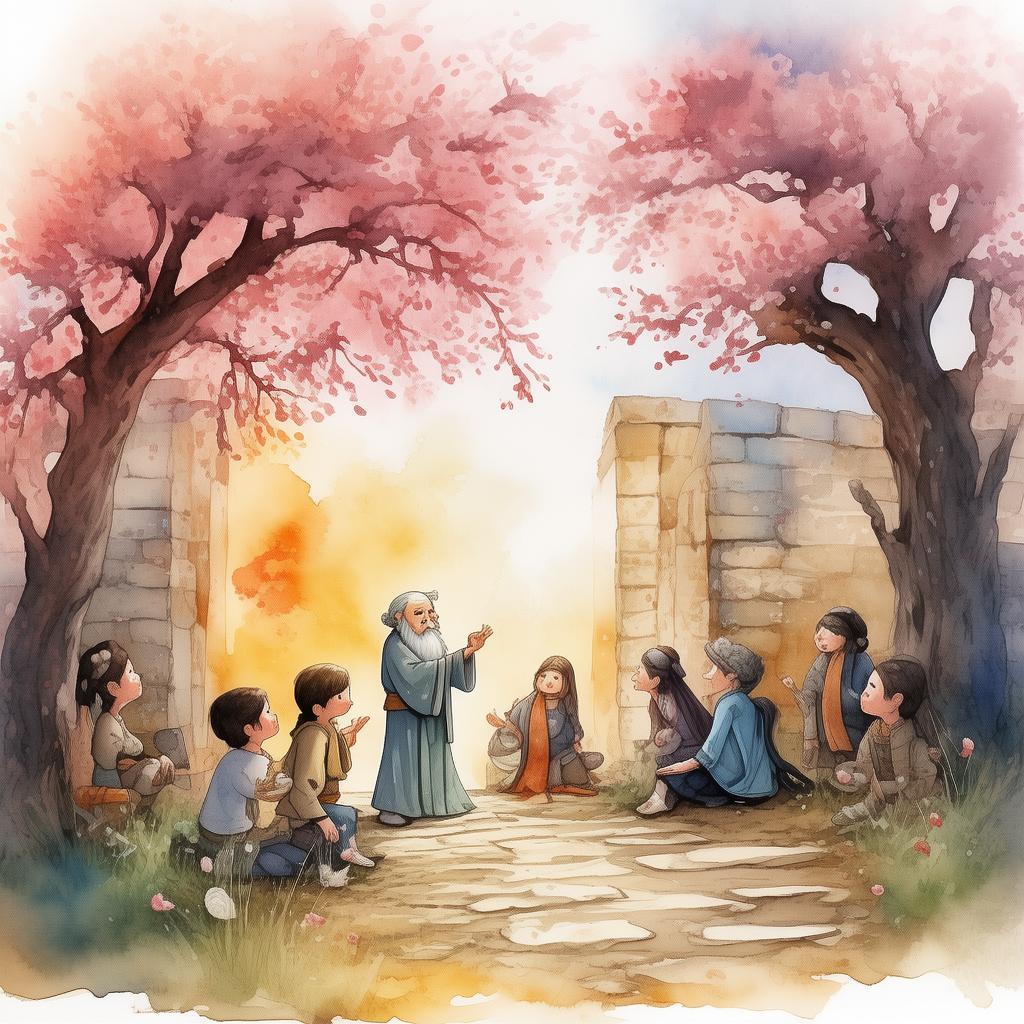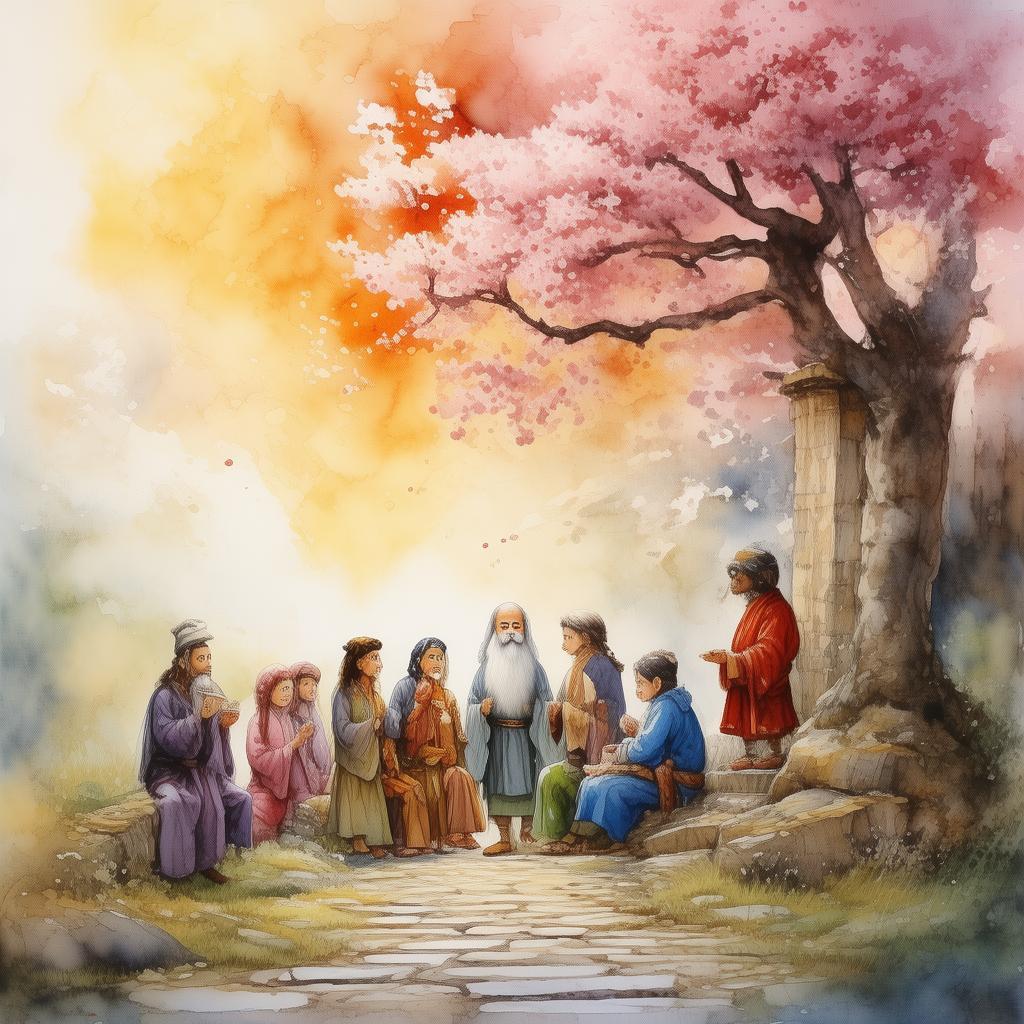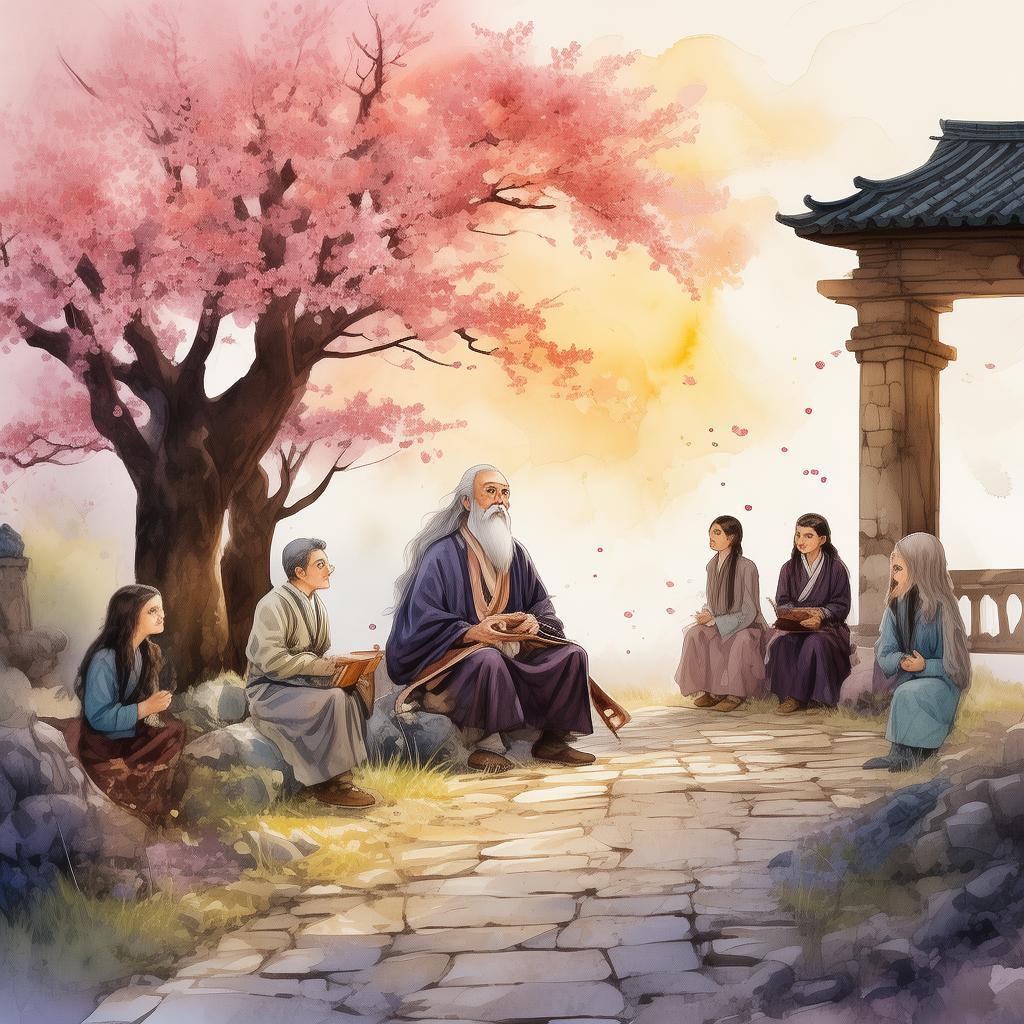The Visionary Blueprint: The Quest for Equality
In the bustling metropolis of Chang'an, amidst the towering skyscrapers and winding alleyways, there lived an architect named Ming. His dream was not merely to design buildings that would stand the test of time, but to create a world where every person, regardless of their background, could live with dignity and equality. This ambition was not just a profession for Ming; it was his life's purpose, a vision that had taken root in his heart and mind.
Ming's story began in a small village, where he grew up watching the disparity between the rich and the poor. His father, a humble farmer, always spoke of the need for equality, the idea that one day, the world would be a place where everyone had an equal chance to succeed. Ming's heart was stirred by these words, and he vowed to dedicate his life to the pursuit of this dream.
As a young architect, Ming moved to Chang'an, the city that was a melting pot of cultures and dreams. He worked day and night, designing buildings that were not just functional but also a testament to his belief in equality. His first major project was the "Unity Plaza," a public space designed to bring people from all walks of life together.
The construction of Unity Plaza was not without its challenges. Ming faced opposition from those who believed in maintaining the status quo. They saw his vision as a threat to their power and wealth. But Ming was undeterred. He believed that the only way to build a world of equality was to overcome these obstacles.
One evening, as Ming stood on the construction site, gazing at the blueprints for Unity Plaza, he felt a sudden chill. He turned to see a shadowy figure approaching him. It was a man who had been his adversary in many debates over the years. "Ming, you are naive," the man sneered. "This world will never be equal. Your dream is a pipe dream."
Ming's eyes narrowed. "Then I will prove you wrong," he replied, his voice steady. "I will build this plaza, and I will show the world that equality is not just a dream but a reality."
The man laughed, but Ming could see the fear in his eyes. He turned back to the blueprints, his mind racing with ideas. He knew that to succeed, he would need to unite people from all walks of life, to show them that their common goal was greater than their differences.
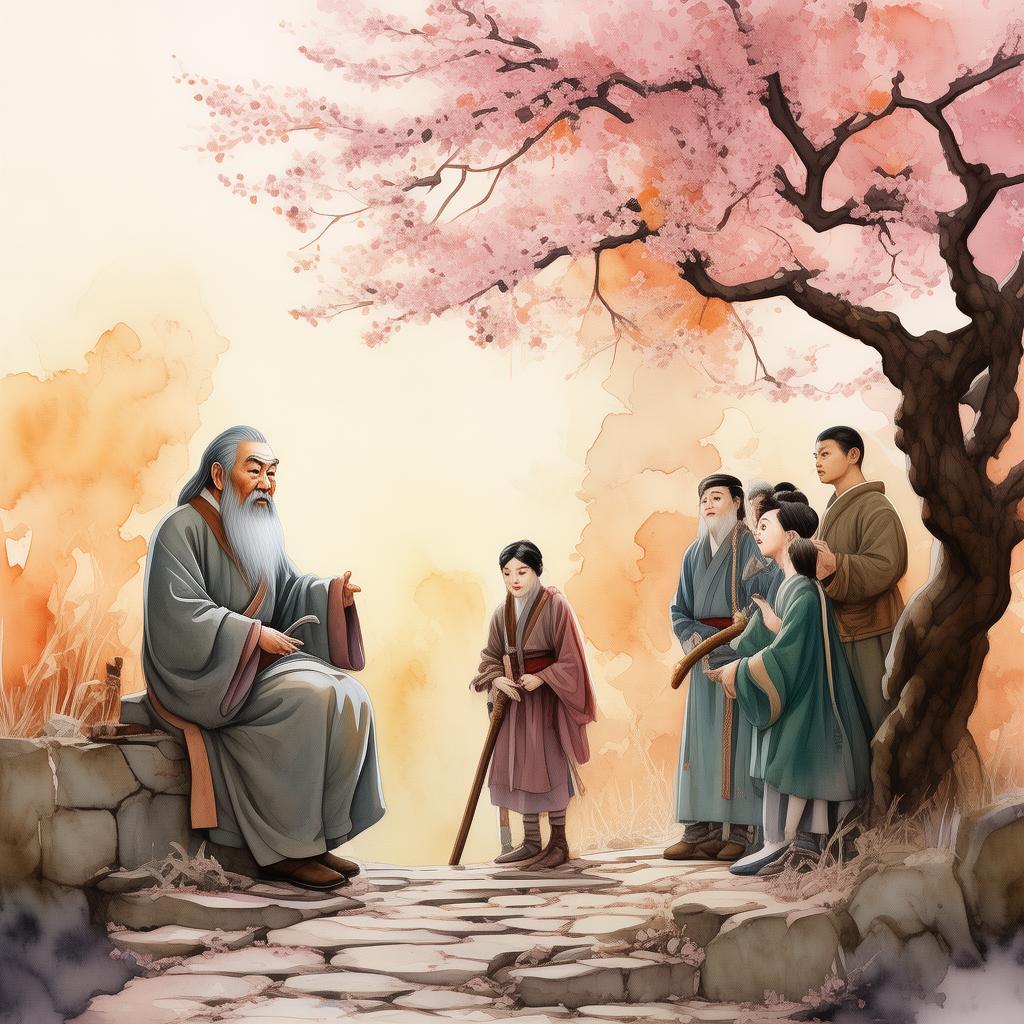
Ming began to reach out to the city's most diverse groups, inviting them to contribute to the design of Unity Plaza. He held workshops and discussions, where he listened to their stories and incorporated their ideas into the blueprint. The result was a space that reflected the city's diversity, with gardens for meditation, playgrounds for children, and areas for cultural exchange.
As the construction progressed, Ming faced numerous setbacks. There were moments when he felt like giving up, when the pressure to succeed seemed insurmountable. But every time he thought of his father's words, he found the strength to continue. He believed that the only way to build a world of equality was to start with a single, unified heart and mind.
The day of the grand opening arrived. People from all over Chang'an gathered at Unity Plaza. As they walked through the gates, they were struck by the beauty and harmony of the space. Ming stood on the podium, his heart pounding with emotion. "Today, we open this plaza not just as a physical space, but as a symbol of our collective dream for a world of equality," he said.
The crowd erupted in applause. Ming looked out at the sea of faces, each one a story, each one a hope. He realized that the journey he had embarked upon was not just about building a building; it was about building a community, a world where everyone felt valued and included.
In the years that followed, Unity Plaza became a beacon of hope. It was a place where people from different backgrounds could come together, learn from one another, and work towards a common goal. Ming's dream had become a reality, and he knew that this was just the beginning.
The story of Ming and Unity Plaza spread far and wide, inspiring others to pursue their own dreams of equality. Ming had not only built a building; he had built a movement, a testament to the power of one heart, one mind, and one shared vision.
✨ Original Statement ✨
All articles published on this website (including but not limited to text, images, videos, and other content) are original or authorized for reposting and are protected by relevant laws. Without the explicit written permission of this website, no individual or organization may copy, modify, repost, or use the content for commercial purposes.
If you need to quote or cooperate, please contact this site for authorization. We reserve the right to pursue legal responsibility for any unauthorized use.
Hereby declared.
